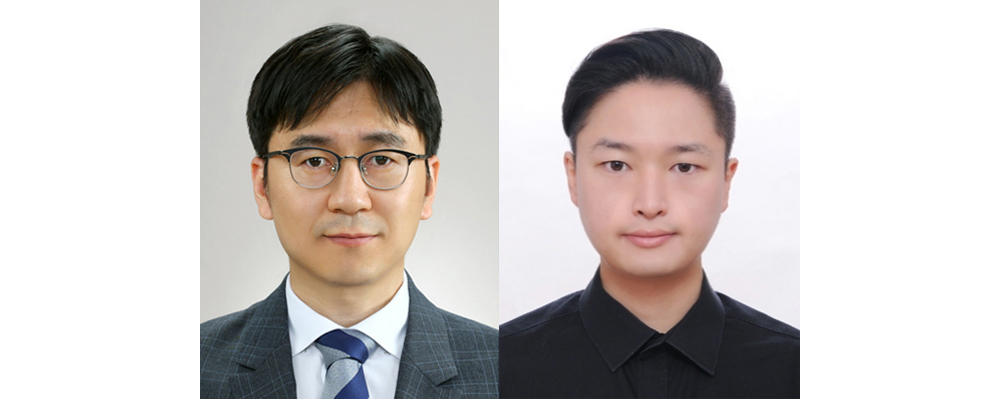Touching Tomorrow atPukyong National University
NEW BEGINNING, NEW INSPIRATION
PKNU Research 1000
| Jung Sung-Chul | Identified the mechanism of ion diffusion in solid-state batteries | |||
| WRITER | 대외협력과 | WRITE DAY | 2023-03-23 |
| COUNT | 384 | ||
| Jung Sung-Chul | Identified the mechanism of ion diffusion in solid-state batteries | |||||
 |
대외협력과 |  |
2023-03-23 |  |
384 |
A research team led by Prof. Jung Sung-Chul at PKNU identified the mechanism of ion diffusion in solid-state batteries
- ion conduction at a commercially available level confirmed... published in the international journal of the Royal society of chemistry

According to Pukyong National University, professor Jung Sung-Chul (dept. of physics) and his research team succeeded in identifying the mechanism of ion diffusion in solid electrolytes, a key element of solid-state batteries.
Lithium-ion batteries currently used in portable electronic devices and electric vehicles use a flammable liquid electrolyte, which may cause ignition or explosion.
Solid-state batteries are attracting attention as next-generation batteries because they use non-flammable solid electrolytes instead of liquid electrolytes to significantly improve the safety and energy density of batteries, however, the ion conductivity of the solid electrolyte is still not up to the level of the liquid electrolyte (more than 1 mS/cm), making it difficult to commercialize the product.
Professor Jung and a combined master’s and doctoral student Jeon Tae-Gon identified the lithium-ion diffusion process of 'Li3Y(Br3Cl3)', a halide solid electrolytes that has recently attracted attention due to its high stability against oxidation and high ionic conductivity, at the atomic level through first-principles molecular dynamics simulation.
The research team of professor Jung suggested that the ionic conductivity of the most thermodynamically stable Li3Y (Br3Cl3) structure can reach up to 22.3 mS/cm. It was also confirmed that at this conductivity, the diffusion of lithium ions proceeds through concerted diffusion, in which two ions move simultaneously, rather than a single ion.
Professor Jung said, “The concerted diffusion mechanism is completely different from vacancy diffusion, which is known as the diffusion method of lithium in many solid electrolyte materials so far, suggesting that we should also consider concerted diffusion as one of the diffusion mechanisms of lithium in future studies.”
The research team also confirmed that the conductivity of Li3Y (Br3Cl3) is 1.4 to 7.4 times higher than that of other halide solid electrolytes, Li3YCl6 and Li3YBr6, accordingly, they suggested that a halide solid electrolyte with more improved ionic conductivity could be developed through appropriate mixing of halide anions.
The research, conducted by professor Jung’s research team with support from the Ministry of science and ICT (mid-level research), was published online on February 1st in an authoritative international journal <Journal of Materials Chemistry A>(IF=14.511) in the field of chemistry, physics, and materials published by the Royal society of chemistry. <Pukyong Today>